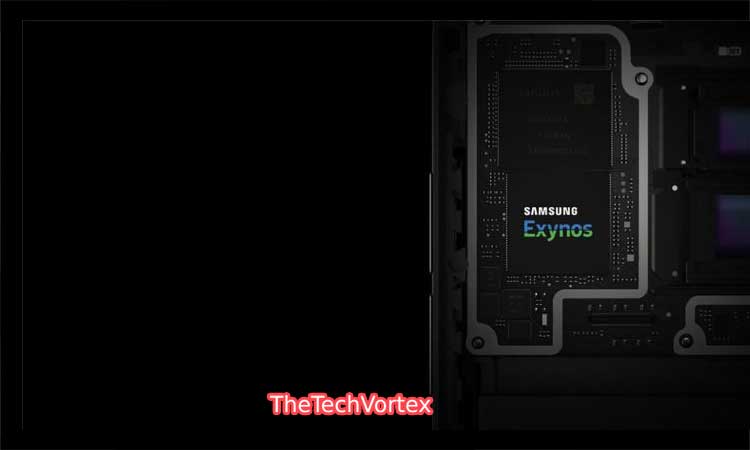Samsung’s efforts to develop its cutting-edge 3nm GAA (Gate-All-Around) technology for smartphone chipsets have hit a major roadblock. According to recent rumors, Samsung’s 3nm GAA yields are alarmingly low, reportedly less than 20%. This development has cast significant doubt on the feasibility of mass-producing the much-anticipated Exynos 2500 chipset.
Exynos 2500 and the Snapdragon 8 Gen 4 Rivalry
The Exynos 2500 was expected to be Samsung’s answer to the upcoming Snapdragon 8 Gen 4, with many analysts and enthusiasts hoping it would finally close the performance gap. However, due to the poor yields of Samsung’s 3nm GAA manufacturing process, the chances of the Exynos 2500 being ready in time for the Galaxy S25 series launch appear slim. This delay means that the Galaxy S25 might have to rely exclusively on Qualcomm’s Snapdragon 8 Gen 4, a scenario that could have significant strategic and financial implications for Samsung.
Dual-Chipset Strategy in Peril
Samsung had previously adopted a dual-chipset strategy for its flagship phones to reduce dependency on a single supplier and to manage costs more effectively. The Galaxy S24 was launched with both Exynos and Qualcomm variants, a practice expected to continue with the Galaxy S25. However, with the current state of 3nm GAA yields, this strategy might need rethinking.
MediaTek: A Possible Contender
In light of these challenges, rumors have surfaced that Samsung may turn to MediaTek for its Galaxy S25 series. MediaTek has made impressive strides in recent years, producing flagship chipsets that rival those of Qualcomm and even Apple’s A-series. Speculation suggests that the MediaTek Dimensity 9400 could be a viable alternative for Samsung, providing a competitive option for the Galaxy S25 lineup.
The Competitive Landscape
Samsung’s struggle with 3nm GAA yields isn’t just a manufacturing hiccup; it reflects broader challenges in keeping up with competitors like TSMC. TSMC has consistently been ahead in mass-producing wafers using advanced lithography techniques, which has allowed it to secure significant orders, including those for Qualcomm’s Snapdragon 8 Gen 4. This competitive disadvantage could force Samsung to rethink its foundry strategies and timelines.
Future Outlook
While it’s uncertain if Samsung can improve its 3nm GAA yields in time for the Exynos 2500, the company is undoubtedly under pressure to find a solution. The next few months will be crucial as Samsung evaluates its options and decides on the best course of action for its flagship Galaxy S25 series. Whether it’s doubling down on improving 3nm GAA yields or exploring partnerships with MediaTek, the tech giant’s decisions will significantly impact its position in the highly competitive smartphone market.
Conclusion
The rumors surrounding Samsung’s 3nm GAA yields and the Exynos 2500 production challenges highlight the complexities of semiconductor manufacturing. As the Galaxy S25 launch approaches, Samsung faces critical decisions that could shape its future in the high-stakes world of smartphone chipsets. Fans and industry watchers alike will be keenly observing how Samsung navigates these challenges and what this means for the next generation of Galaxy smartphones.



